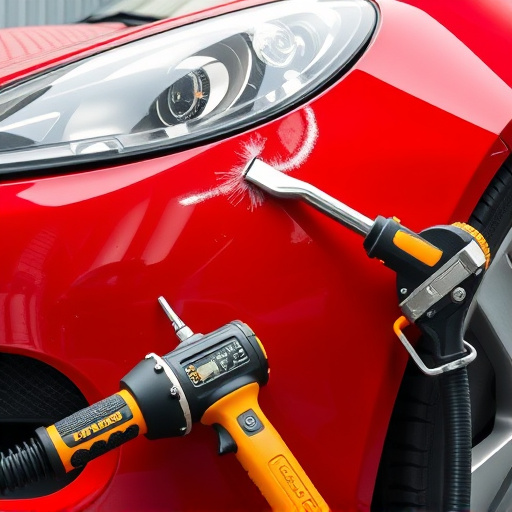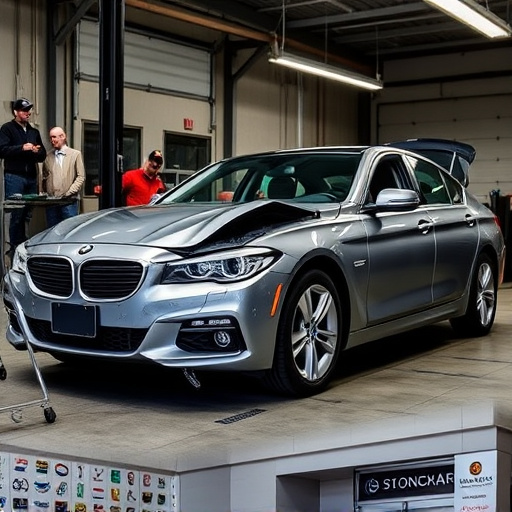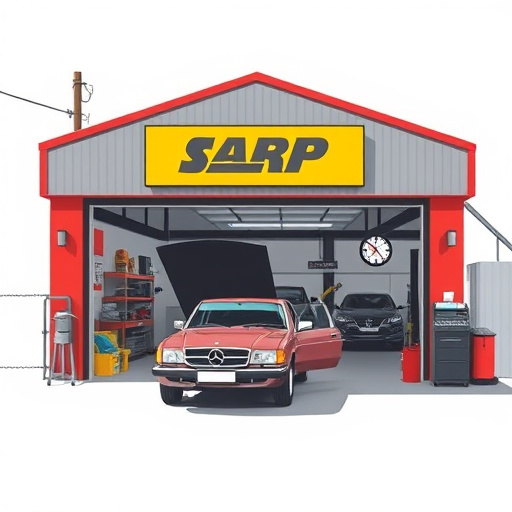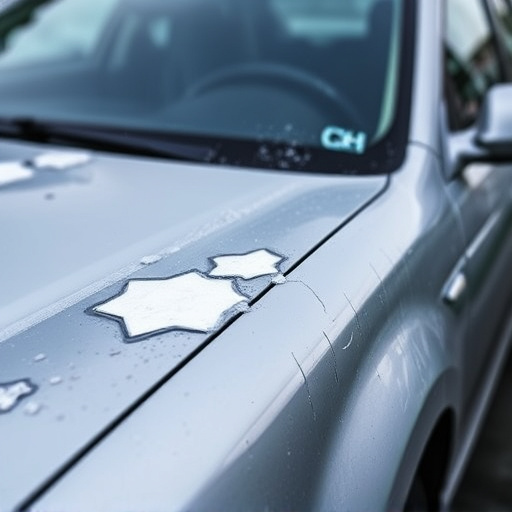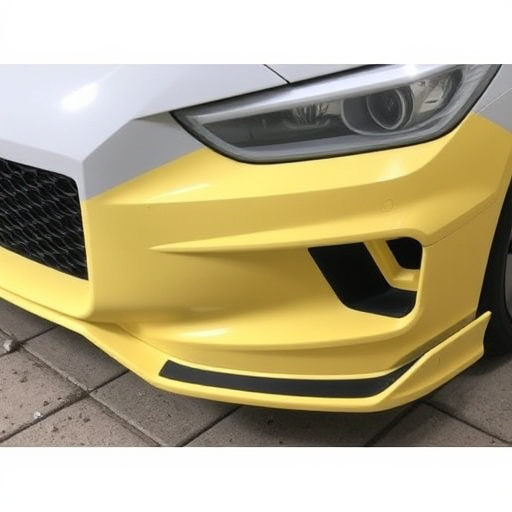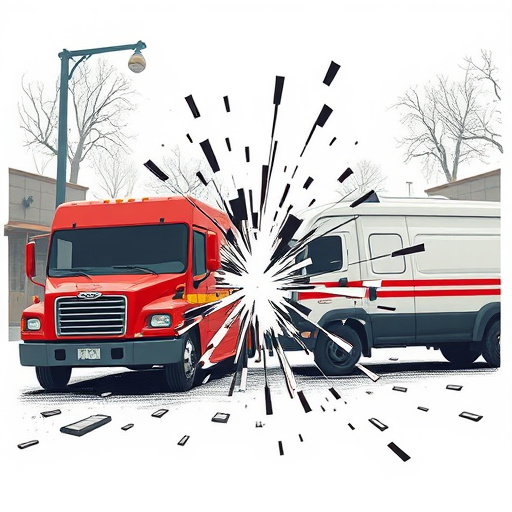Creating effective repair video documentation for vehicle body shops is key to training technicians and enhancing customer engagement. These videos, designed for experienced mechanics and apprentice technicians, offer concise, step-by-step guides (2-5 minutes long) for tasks like auto frame repairs and car scratch repairs. Through clear sequencing, balanced clip durations, and strategic editing, these videos ensure crucial information is accessible and readily understandable in dynamic environments. Optimizing with SEO keywords improves reach, making repair video documentation a powerful tool for auto repair shops to educate customers and foster engagement.
In today’s digital age, repair video documentation is an invaluable tool for technicians and DIY enthusiasts alike. Understanding the optimal length of these instructional clips is crucial for effective knowledge transfer and viewer engagement. This article delves into the art of crafting concise yet comprehensive repair videos, guiding you through the process from concept to completion. By exploring best practices and length considerations, we empower creators to produce high-quality content that resonates with diverse audiences.
- Understanding the Purpose and Audience of Repair Video Documentation
- Best Practices for Creating Effective Video Clips
- Optimizing Length: Finding the Right Balance for Engagement and Information Delivery
Understanding the Purpose and Audience of Repair Video Documentation
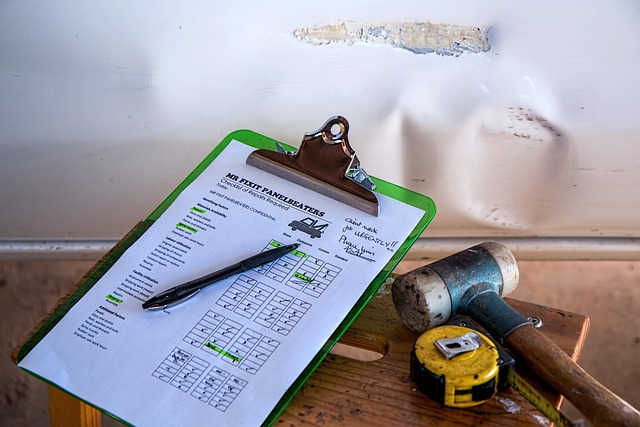
Understanding the purpose and audience of repair video documentation is key to creating effective content. These videos serve as a visual guide for both current and future technicians, providing a detailed step-by-step walkthrough of the repair process. They are invaluable resources for training new employees in vehicle body shops or teaching specialized techniques for auto frame repairs and car scratch repairs.
The primary audience includes not only experienced mechanics but also apprentice technicians looking to hone their skills. By condensing complex procedures into concise, easily digestible clips, these videos ensure that crucial information is accessible and readily understandable. This is particularly beneficial in dynamic environments like vehicle body shops where quick reference is essential for efficient work and accurate results.
Best Practices for Creating Effective Video Clips

Creating effective video documentation for repairs is an art that can greatly benefit any auto repair shop. To ensure your clips are both informative and engaging, follow these best practices. Firstly, focus on clarity and conciseness; aim to convey the repair process in a logical sequence, breaking it down into manageable segments. For instance, when showcasing a fender repair or paintless dent repair, start with the initial assessment, then move onto preparation and application, finishing with the final result. This structured approach helps viewers follow along easily.
Secondly, maintain a balanced duration for each clip. While it’s tempting to include every intricate detail, remember that shorter clips are often more effective. In the fast-paced world of auto repair, keeping videos between 2-5 minutes is ideal. This allows you to highlight the key steps without overwhelming viewers with excessive information. Whether documenting a complex engine fix or a simple oil change, ensuring your video content is well-edited and on-point will enhance the overall viewing experience for customers and potential clients alike.
Optimizing Length: Finding the Right Balance for Engagement and Information Delivery
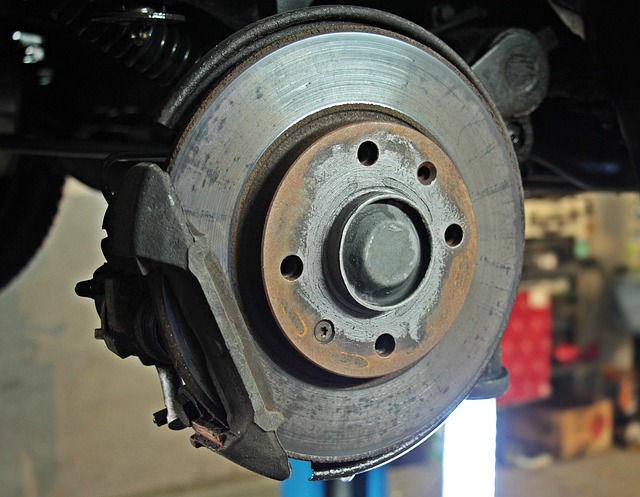
In the realm of repair video documentation, optimizing length is an art that balances engagement and information delivery. Clips for auto body restoration or auto body shop procedures should be crafted with a clear purpose, ensuring every second conveys valuable knowledge or captures essential steps. While a concise clip might capture a quick fix, more complex repairs in an auto repair shop necessitate a longer duration to explain intricacies and demonstrate techniques comprehensively.
Striking the right balance means understanding your audience—whether they’re seasoned mechanics or novice enthusiasts. For educational content aimed at beginners, shorter segments with clear, step-by-step explanations can enhance learning. In contrast, detailed procedures in an auto body restoration process may demand longer clips to do justice to the intricacies involved. The goal is to convey information effectively without losing viewers’ interest, thereby ensuring your repair video documentation serves its intended purpose efficiently.
In the realm of repair video documentation, finding the optimal length is a delicate balance. Whether targeting DIY enthusiasts or professional technicians, clips should be concise yet comprehensive, ideally lasting between 5-10 minutes. This duration ensures effective information delivery while maintaining viewer engagement. By adhering to best practices outlined in this article, including clear objectives, focused content, and high production value, you can create repair video documentation that is both informative and accessible.
